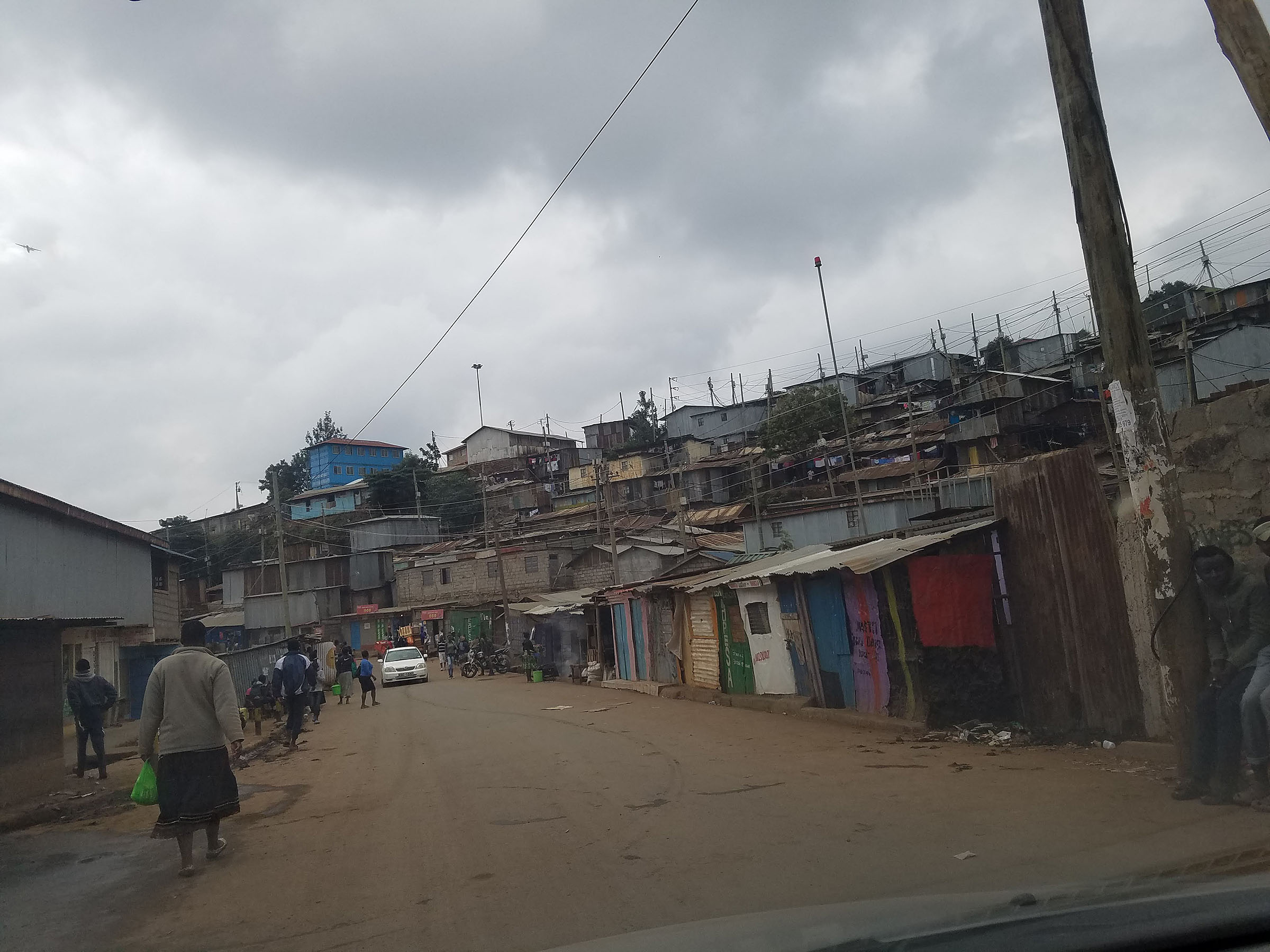Building self-tests for the world's most common infectious diseases – with paper
This meant that it took over a year to confirm 235 HIV cases for the area. Even at-home tests for HIV currently require a person to wait a couple months after possible infection before testing themselves.
What if patients could reliably test themselves at home and know results in minutes, after less than a couple weeks of an infection?
A handheld diagnostic tool made out of paper already has that speed and would work not only for HIV, but many other infectious diseases. Using it would be like doing your own pregnancy test.
Jacqueline Linnes, an assistant professor of biomedical engineering at Purdue University, has been developing technology with her team that would make lab detection tests both faster and portable, thanks to the inherent properties of paper.

The first paper-based device out of Linnes' lab can detect HIV nucleic acids from the blood of a finger prick within 90 minutes. Her lab is working on using the same platform for detecting other diseases, ranging from whooping cough to cholera, since the process of extracting pathogens from a sample using paper would be the same.
The device has been designed so far to specifically address challenges with faster disease detection in countries such as Kenya and Haiti, which struggle with affording the costs of running lab facilities, maintaining a constant power supply and training staff to interpret results that are sometimes inaccurate.
"In rural areas, a local facility for HIV care can be as far as 10 miles away with poor transport and communication, so many patients on treatment give up and no longer return to health facilities for treatment monitoring," said Eddy Odari, a professor of biomedical research at Jomo Kenyatta University in Kenya, who develops and evaluates diagnostic assays for human pathogenic viruses.
"Such patients who don't return have been associated with sub-optimal HIV treatment and increased resistance to first-line antiretroviral therapy, which can lead to a population with transmitted resistance, " Odari said.

If an affordable and accurate device could run on low enough power to detect diseases on-the-spot for these countries, then it could also prove useful to communities in the U.S. with limited staff and facilities that are far apart.
Linnes and her collaborators plan to investigate the device's utility for rural areas of Indiana alongside addressing HIV in Kenya and cholera in Haiti.
"The idea is to more quickly detect what's causing an infection for patients both in areas of the world that have the lab facilities close by and those that don't," said Linnes, who specializes in building point-of-care diagnostic tools for the field.
For the past 30 years, researchers have been investigating paper-based devices for faster diagnostics because paper-like materials, such as glass fiber and cellulose, are robust and known to function as a pump.
This means that paper can carry samples, such as blood or water, without all the external equipment required within a lab to separate out the nucleic acids of a pathogen and make copies, or "amplify" them, for detection.

"'Paper' is a broad term for a porous material that can pull liquid along, not just the type that you can write on. Band-aid pads are paper-like, for example," Linnes said. "The downside is that paper doesn't have any controls."
For this reason, most paper-based devices relying on nucleic acid amplification are still in very early stages. Linnes' lab has been working to speed up how these devices operate in the field by reducing the number of steps needed to separate pathogens from a sample loaded onto paper.
So far, Linnes' lab and other researchers at Purdue have reduced these steps through an electronic circuit board that heats wax valves from beneath intricate channels of paper, controlling the flow of a sample in one step rather than multiple steps. The process starts with adding buffer liquid to a finger prick of blood within a vial, and then pouring the vial into a hole within the paper.
If a band shows up on the end of the paper strip after a sample has been loaded, in addition to the control band, then a person has tested positive for a disease.
Because reading a paper strip is easy and low cost, there wouldn't really be a need for the technology to go digital.
But Linnes and her collaborators have been working on another problem that calls for a digital solution: knowing how well a person is responding to treatment for an infectious disease.
Through a company that Linnes co-founded, OmniVis, Purdue researchers are investigating the use of smartphone technology to quantify HIV in the body.
"If you're on antiretroviral drugs and your body is responding well, then the amount of virus would be low, but if you're resistant to the drugs, then the amount of virus would increase," Linnes said.
Patents for the paper-based device have been filed through the Purdue Research Foundation Office of Technology Commercialization. Linnes' work is partially funded by the National Science Foundation, the Bill and Melinda Gates Foundation and the National Institutes of Health.
This research aligns with Purdue's Giant Leaps celebration, acknowledging the university’s global advancements made in health, longevity and quality of life as part of Purdue’s 150th anniversary. This is one of the four themes of the yearlong celebration’s Ideas Festival, designed to showcase Purdue as an intellectual center solving real-world issues.
Source: Building self-tests for the world's most common infectious diseases – with paper
